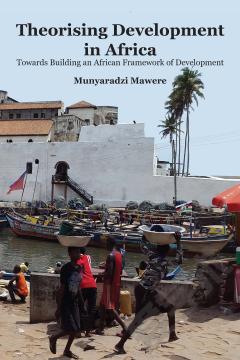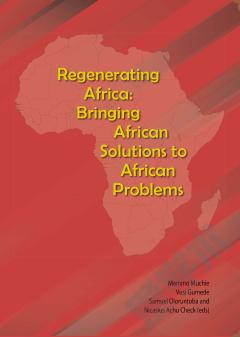Africa’s Power Sector: Needs, Challenges, Development
Sub-Saharan Africa is the most electricity-poor region globally, which has had profound impacts on economic growth and development prospects. In recent years, U.S. policymakers have sought to help increase access to electricity in sub-Saharan Africa in order to spur economic growth, reduce poverty, and for socio-economic development generally in the region; and to expand U.S. and other international trade with and investment in Africa. Efforts to achieve these goals have taken the form of Power Africa, a major, multi-agency Obama Administration initiative to increase African access to electricity; and two congressional bills. The latter seek to establish as a U.S. policy priority a benchmarked, multi-year, market-driven and strategy-based program of power capacity-building aid and development partnership. It would be broadly analogous to that pursued under Power Africa, but extend beyond the five-year duration of Power Africa and differing in scope. They also set out mechanisms to support congressional oversight of all such activities, among other ends. This book reviews the challenges of and U.S. aid for electrification in Africa. It also discusses concrete progress made on projects, on critical policy reforms, as well as lessons learned.
{{comment.content}}








 京公网安备 11010802027623号
京公网安备 11010802027623号